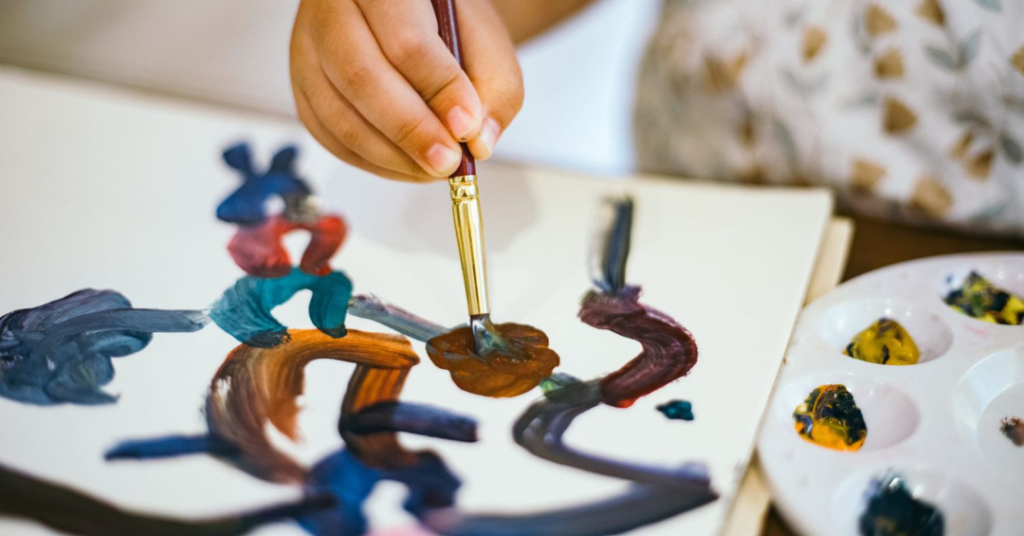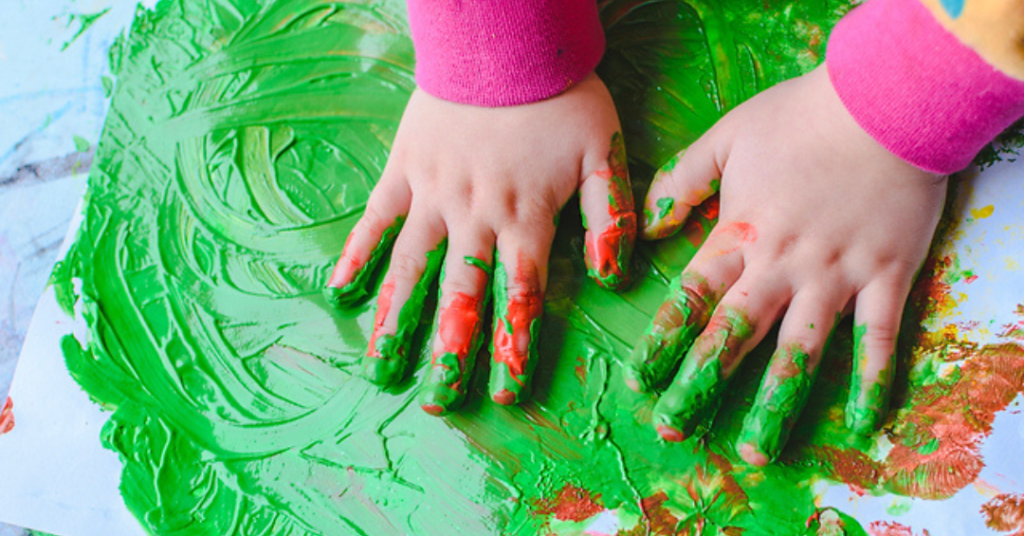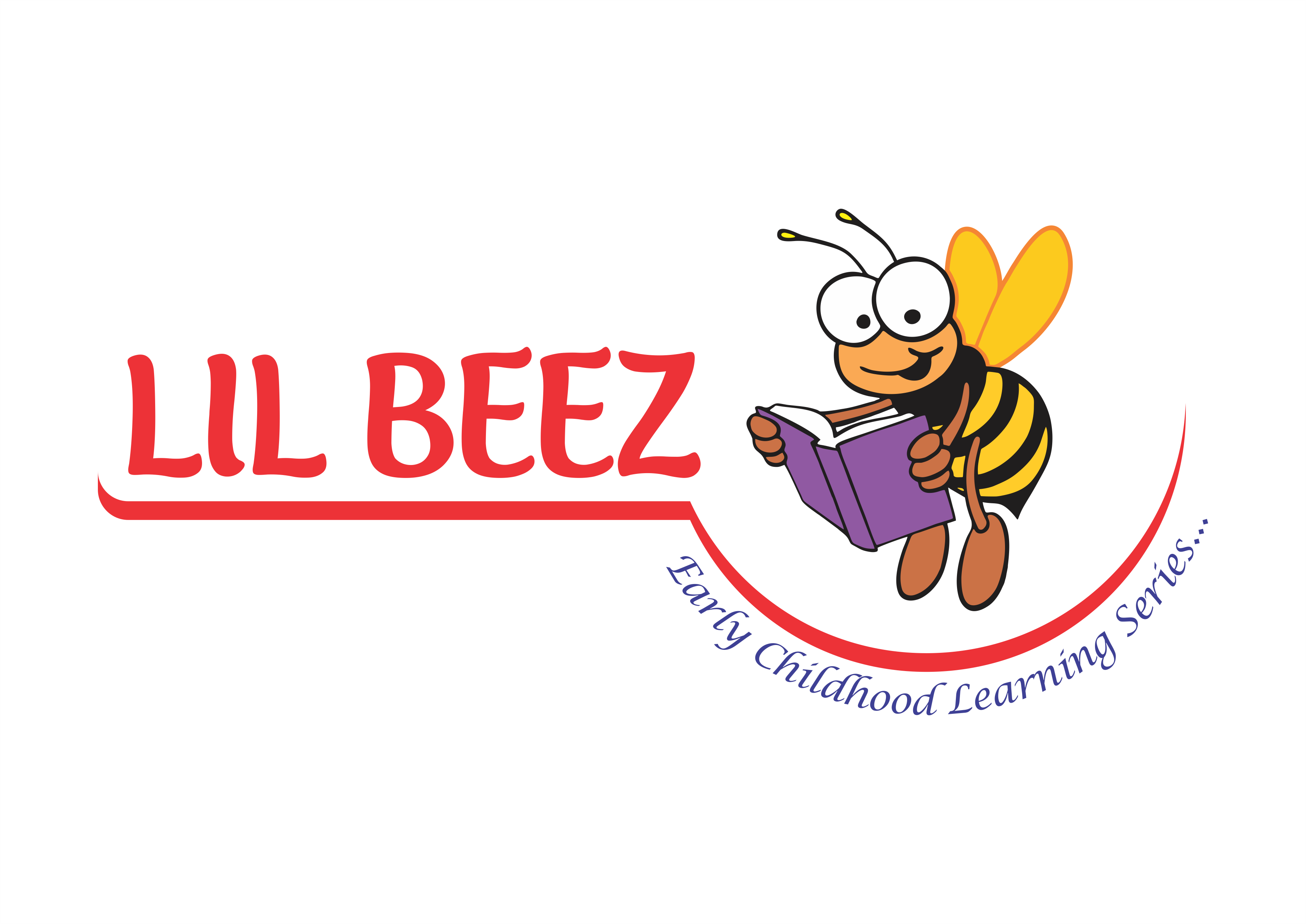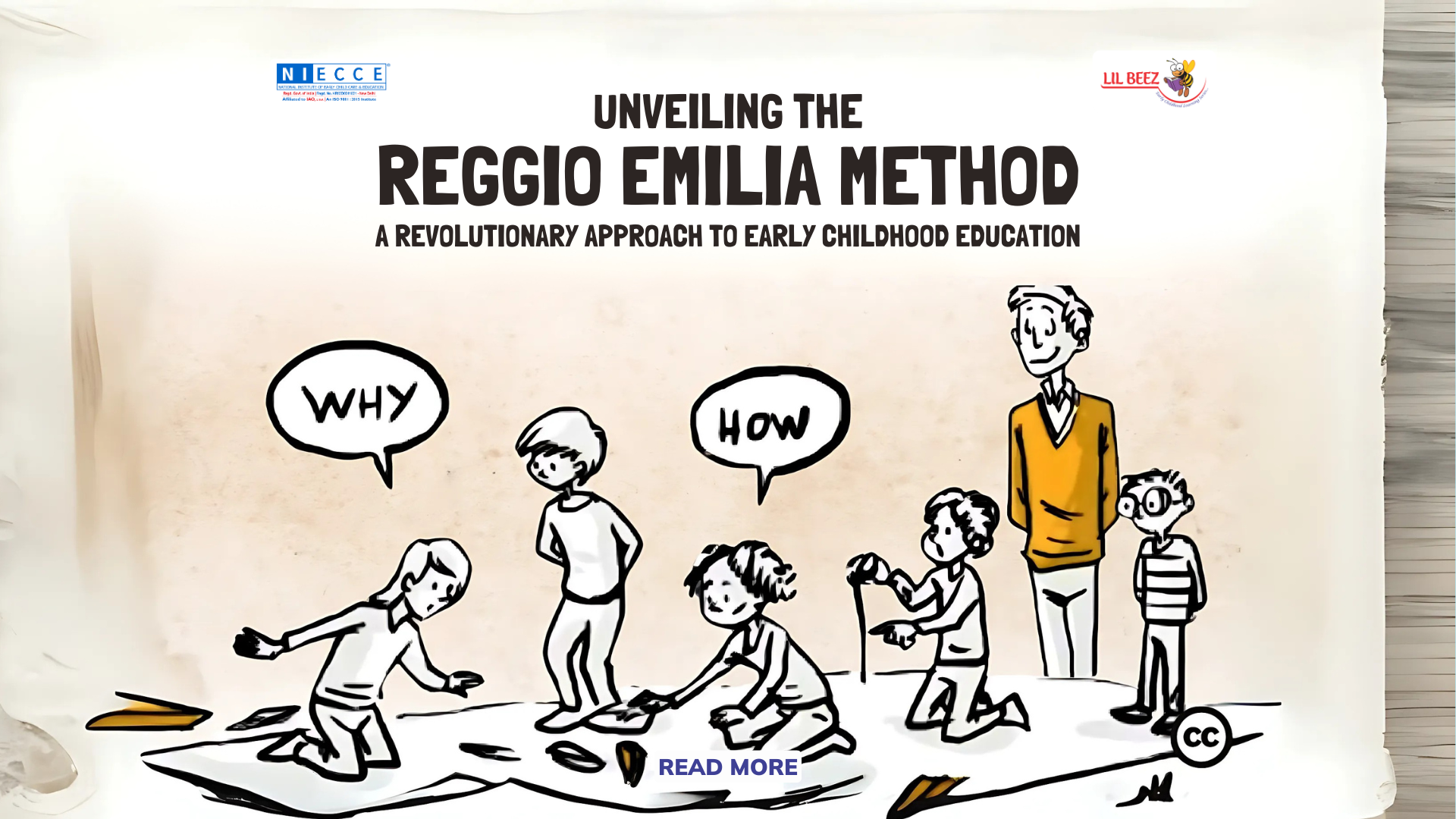Introduction:
The Reggio Emilia approach, founded in the northern Italian town of Reggio Emilia after World War II, is a globally admired educational philosophy that prioritizes child-centered learning. It recognizes children as strong, capable individuals brimming with curiosity and potential. In this blog, we’ll explore the core principles of the Reggio Emilia method, why it stands out in early childhood education, and how it fosters creativity, collaboration, and a lifelong love for learning.

What is the Reggio Emilia Method?
The Reggio Emilia method emphasizes learning through exploration, interaction, and hands-on experiences. It’s not a rigid curriculum but a flexible framework that evolves based on children’s interests and curiosity. The philosophy encourages educators to act as guides, empowering children to discover and learn at their own pace.
Core Principles of the Reggio Emilia Method
- The Child as the Protagonist
Children are viewed as active participants in their learning journey. Their thoughts, ideas, and questions shape the activities and projects undertaken in the classroom. - The Environment as the Third Teacher
Reggio Emilia classrooms are meticulously designed to be warm, inviting, and stimulating. Natural light, open spaces, and thoughtfully arranged materials encourage exploration and creativity. - Collaboration and Community
Learning is seen as a social process. Collaboration among children, teachers, and parents is key, fostering a strong sense of community and teamwork. - Documentation as a Tool for Reflection
Teachers document children’s progress through photos, videos, and written notes. These serve as a reflection for educators, parents, and children, showcasing growth and learning. - Project-Based Learning
The Reggio Emilia approach thrives on long-term, in-depth projects that allow children to explore a topic they are passionate about. These projects integrate multiple disciplines such as art, science, and language.

Benefits of the Reggio Emilia Approach
- Encourages Critical Thinking: By focusing on inquiry-based learning, children develop problem-solving skills and critical thinking.
- Fosters Creativity: The emphasis on art, expression, and exploration nurtures creativity and innovation.
- Promotes Independence: Children take charge of their learning, building self-confidence and autonomy.
- Builds Strong Relationships: The collaborative nature strengthens bonds between children, teachers, and parents.
How Teachers Can Implement Reggio Emilia Principles in Preschools
- Design a Thoughtful Learning Environment:
Arrange classrooms to include interactive zones like art corners, sensory tables, and nature displays. - Observe and Listen:
Pay close attention to children’s interests and questions. Use these observations to guide lesson planning and activities. - Use Open-Ended Materials:
Provide natural and everyday objects like stones, leaves, fabric, and clay that inspire creativity and exploration. - Encourage Documentation:
Keep a journal or digital record of children’s work and progress. Display their projects to celebrate achievements. - Involve Parents:
Invite parents to participate in activities or share insights about their children to strengthen the learning experience.
How LilBeez Curriculum Aligns with the Reggio Emilia Method
The LilBeez curriculum complements the Reggio Emilia philosophy by providing flexible, interactive resources that encourage exploration and creativity. The smart notebooks and activity-based textbooks help teachers integrate project-based learning and holistic education practices effortlessly.
Additionally, teacher training programs from NIECCE empower educators to adopt innovative teaching strategies, including Reggio Emilia-inspired practices, ensuring children receive the best start in their educational journey.
Conclusion:
The Reggio Emilia approach redefines early childhood education by fostering curiosity, creativity, and collaboration. By adopting this child-centric method, preschools can nurture well-rounded learners ready to take on the challenges of the future. Whether you’re an educator or a parent, embracing Reggio Emilia principles can unlock endless possibilities for a child’s growth.
For resources and support in implementing such transformative practices, explore the LilBeez curriculum and NIECCE teacher training programs. Together, let’s create inspiring learning environments for young minds!

